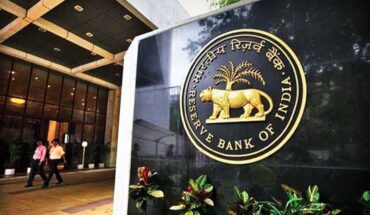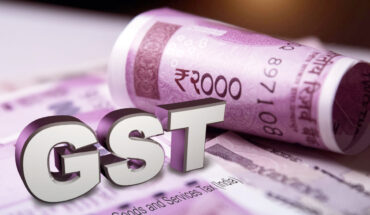India, which surprised the world with its decision to bar wheat export with immediate effect, appears to be on the defensive now after its May 13 announcement. Initially, the Centre had amended the order by allowing export consignments registered in the Customs Department’s systems and handed over for examination on or prior to May 13. Addressing a UN “Global Food Security Call to Action” ministerial meeting a few days ago in New York, Minister of State for External Affairs V Muraleedharan emphasised that the restrictions made allowance for countries that had food security needs, a position articulated earlier by Commerce Secretary B.V.R. Subrahmanyam. But, more than farmers, it is traders who stand to benefit from the limited easing of restrictions. From the start, indications of a mismatch in demand and supply were evident. Rising levels of wholesale and retail inflation, the impact of the Russia-Ukraine war and a lower opening balance of wheat (on April 1, 2022) in the Central pool for the public distribution system than a year ago were well known. By May 4, the Centre clarified that there was no move to curb wheat export, the reasoning being that this was the opportune moment for exporters to sell in the international market. India’s decision has faced criticism from the G-7’s Agriculture Ministers. After its U-turn, the government should not persist for too long with its current position of “restrictions” on the export of wheat, as the move seems to have hit the farmers, if reports of a fall in the price are any indication. Lessons must be gleaned from the experience 15 years ago when India took about two years to lift its ban on the export of non-basmati rice, by which time Thailand and Vietnam had moved in to take full advantage. Apprehensions of a food shortage are misplaced, and the government would do well to lift the “restrictions” sooner rather than later.





